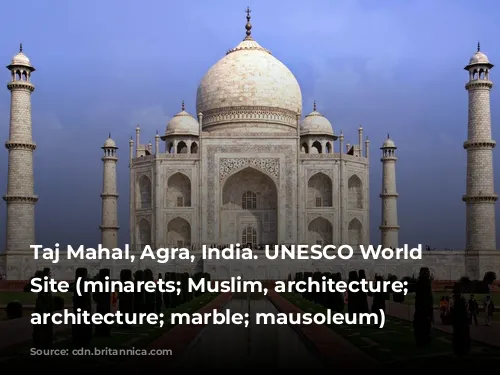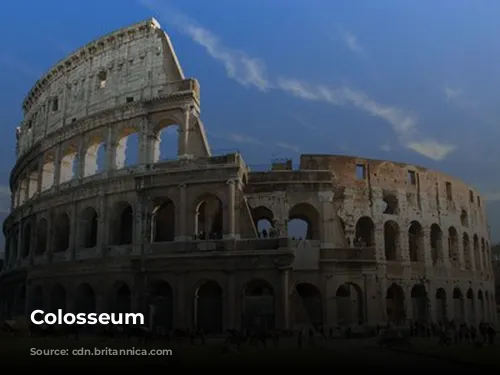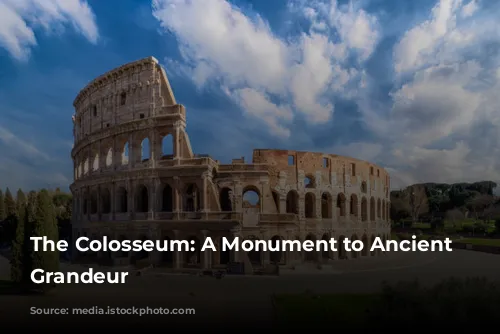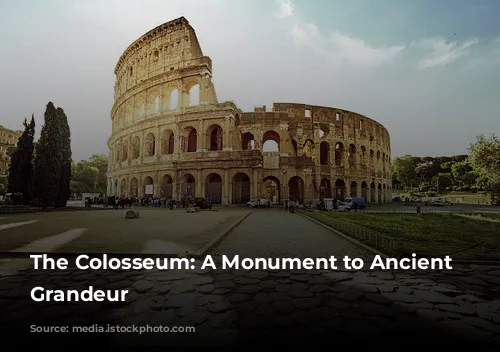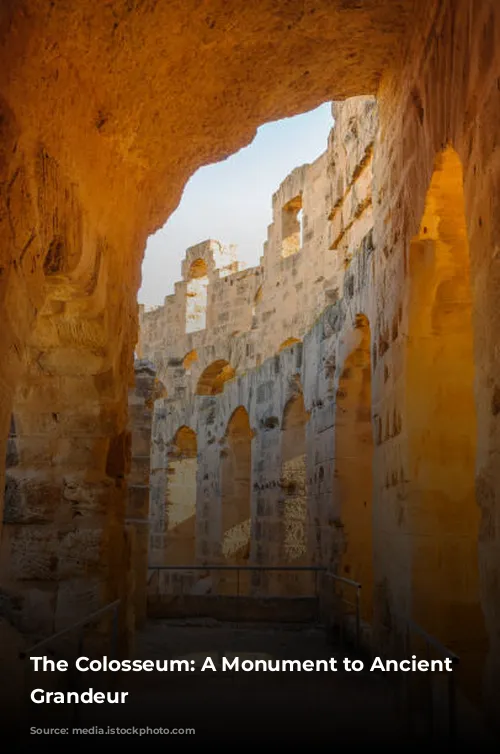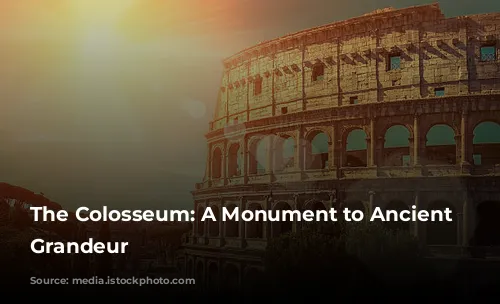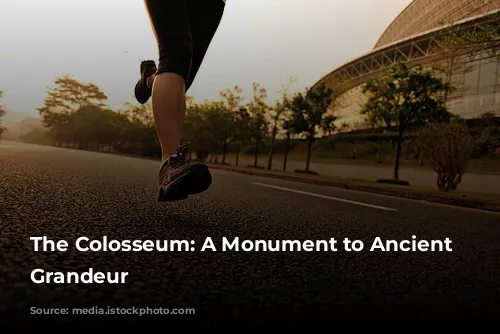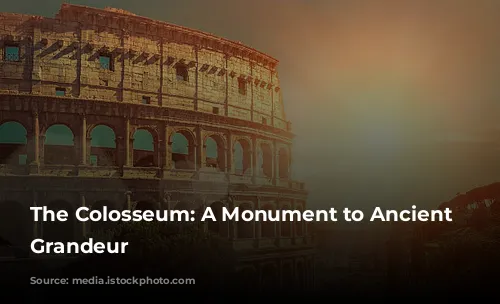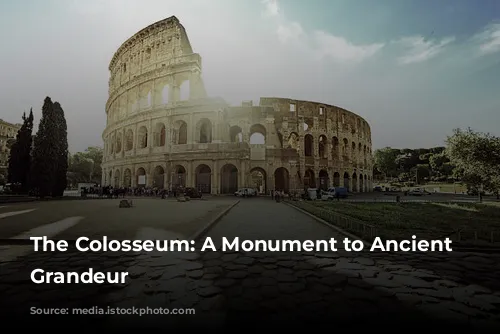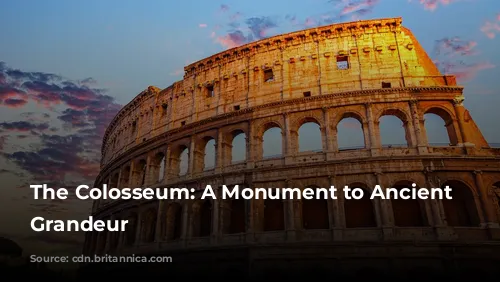The Colosseum, a magnificent amphitheater in Rome, stands as a testament to the architectural and engineering prowess of the ancient Roman Empire. Today, it is a popular tourist destination and a significant source of income for the Italian government. In fact, the Colosseum, together with the Roman Forum and Palatine Hill, is Italy’s most lucrative tourist attraction, raking in over $63.3 million (€53.8 million) in 2018!
The Colosseum’s story spans centuries, from its construction under the Flavian emperors to its later neglect and eventual restoration. This magnificent structure, once a vibrant hub of entertainment, fell into disrepair after the decline of the Western Roman Empire. The Colosseum was even repurposed as a fortress by powerful families like the Frangipane and Annibaldi in the 12th century.
In the late 15th century, Pope Alexander VI granted permission for the Colosseum to be used as a quarry, sadly resulting in the removal of valuable materials like marble. Fortunately, after over a millennium of neglect, the Italian government embarked on restoration efforts in the 1990s. These efforts have helped preserve this iconic monument for future generations.
The Colosseum: From Gladiator Fights to Mock Naval Battles
The Colosseum’s construction began under the reign of Emperor Vespasian between 70 and 72 CE, as part of a grand effort to revitalize Rome following the turbulent year of the four emperors. The Colosseum was envisioned as a center of entertainment, a place for gladiatorial combat, animal hunts, and even dramatic mock naval battles. It was a grand spectacle, built for the masses.
Vespasian, a pragmatic emperor who rose from humble beginnings, decided to replace the extravagant private lake of the tyrannical Emperor Nero with a public amphitheater. This decision, both symbolic and practical, reflected the Flavian dynasty’s commitment to the Roman people. The Colosseum was dedicated in 80 CE by Vespasian’s son, Titus, with a 100-day festival. His successor, Domitian, completed the structure in 82 CE by adding the fourth story.
The Colosseum’s construction was funded by the spoils of war, specifically from the plunder taken during Titus’s conquest of Jerusalem in 70 CE. Jewish slaves from Judea were used as laborers, a somber reminder of the human cost of war.
A Monument of Engineering Marvels
The Colosseum is a marvel of Roman engineering. Built with a combination of stone, concrete, and tuff, it rises four stories high and is an impressive 620 by 513 feet (189 by 156 meters). It could accommodate a staggering 50,000 spectators, showcasing the Romans’ architectural ingenuity and organizational skills.
Unlike other amphitheaters built into hillsides for support, the Colosseum is a freestanding structure. Its construction utilized a complex system of barrel vaults and groin vaults, demonstrating the Romans’ mastery of structural engineering. The Colosseum’s exterior features arcades adorned with engaged columns in three different orders: Doric, Ionic, and Corinthian. This distinctive design, known as the assemblage of orders, later influenced Renaissance architecture.
The Colosseum’s interior featured a retractable awning called a velarium, which protected spectators from the sun. This massive awning was operated by Roman sailors who used rigging and supporting masts built into the Colosseum’s attic story. The Colosseum served as the stage for thrilling gladiatorial combats, contests between men and animals, and even mock naval battles. The precise role of the Colosseum in the martyrdom of early Christians, however, remains unclear.
The Colosseum: From Glory to Neglect and Back Again
Through the centuries, the Colosseum witnessed a gradual decline from its glorious past. In medieval times, it was repurposed as a church and a fortress by prominent Roman families. The Colosseum was damaged by natural disasters like lightning strikes and earthquakes, and it suffered from vandalism and pollution.
The Colosseum was stripped of its valuable marble seats and decorative elements, turning into little more than a quarry for over a millennium. Thankfully, preservation efforts began in the 19th century, spearheaded by Pope Pius VIII. Significant restoration efforts began in the 1990s, bringing back this iconic monument to its former glory.
Today, the Colosseum is a major tourist attraction, welcoming nearly seven million visitors annually. The Colosseum remains a testament to the ingenuity and resilience of the Roman people, captivating visitors with its grandeur and historical significance.
